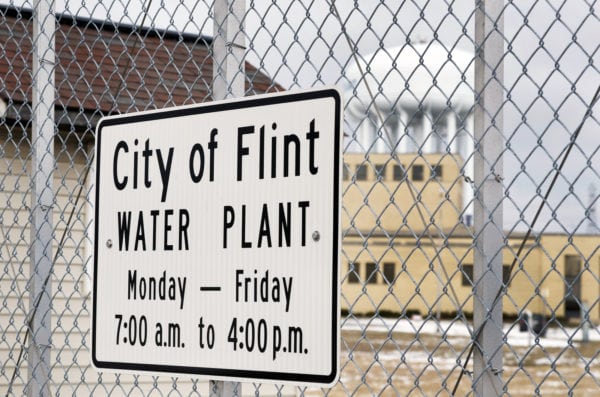Flint is a city located 70 miles north of Detroit and inhabits a little more than 98,000 people, 41.2 percent of them living below the poverty line with a median household income of $24,862.00. 56.6 percent of Flint residents are African American.
While Flint was once a thriving automotive, industrial city, when GM began to downsize in the 1980s, the city took an economic turn. The state of Michigan took charge of Flint’s finances in 2011 after an audit projected a $25 million deficit. Flint’s water supply fund was in a $9 million shortfall, and city officials were still using some of the water supply money to cover areas in the general fund.
In 2014, in order to reduce the water fund shortfall, the city switched water sources. There was a new pipeline connecting Flint and Lake Huron in the works, and while awaiting completion, the city turned to the Flint River during this two-year transition. Even though the Flint River had been the city’s main water source for decades, they switched in the 1960s, as historically the water in the Flint River has been of poor quality, and in the 1970s it was reported to contain fecal bacteria, plant nutrients, oils and toxic substances.
In January of this year, a $722 million class action lawsuit was filed against the EPA on behalf of more than 1,700 residents affected by the water crisis. In February, the Michigan Civil Rights Commission issued a 129-page report: “The Flint Water Crisis: Systemic Racism Through The Lens Of Flint.” One month later, the EPA announced it will award $100 million to the city for drinking water infrastructure upgrades and repairs. A federal judge approved $97 million and the state agreed to cover the cost of replacing the water lines.
Nevertheless, this mandate is not required to be fully complete until 2020 and will only guarantee coverage of 18,000 Flint households. In laymen’s terms: Flint still doesn’t have water and this needs to be a priority now versus swept under a rug.
Focus on that, Trump.
From Hello Beautiful






